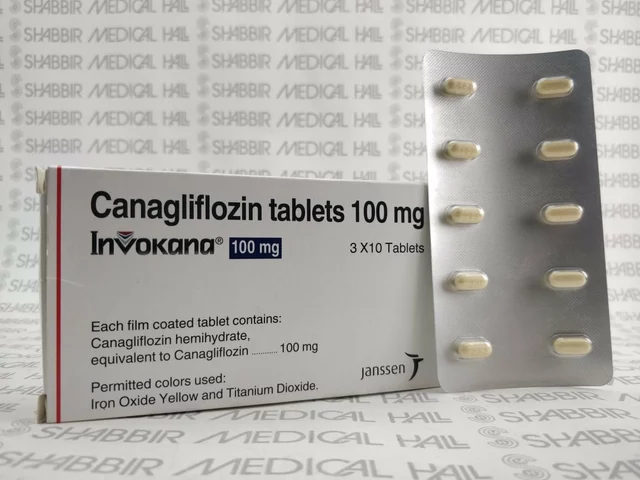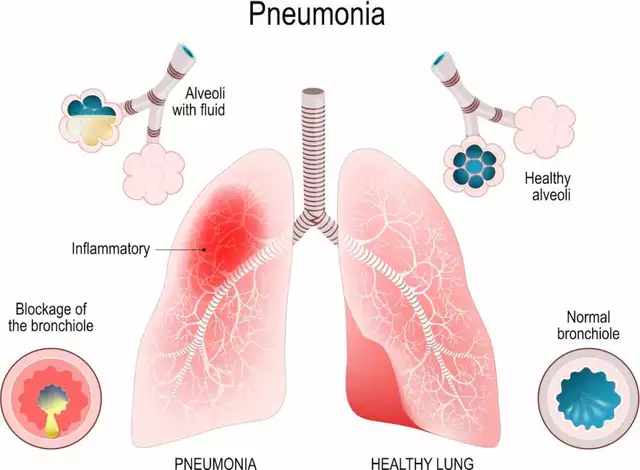Warning Signs: What to Watch For with Medicines, Illness, and Online Pharmacies
Ever felt unsure whether a symptom is normal or dangerous? Small changes can matter. This guide lists clear, practical warning signs tied to common drugs and conditions, plus quick rules for spotting risky online pharmacies. Read fast, act smart.
Immediate emergencies — call 911 if you have: chest pain or trouble breathing, sudden severe headache or vision loss, sudden weakness on one side, high fever with stiff neck, uncontrolled bleeding, or signs of a severe allergic reaction (hives, swelling of face or throat, difficulty breathing). These are not wait-and-see problems.
Serious but urgent — contact your doctor within 24 hours
High fever after starting antibiotics, new widespread rash, persistent vomiting, fainting, or confusion need quick medical review. For people on immune-suppressing drugs like azathioprine, watch for fever, sore throat, unusual bruising or infections that won’t get better—these can mean low blood cells and need prompt labs.
After inhalers or COPD meds, notice any sudden worsening of breathing, palpitations, or chest tightness. Blood pressure meds like labetalol can cause dizziness or fainting—if you feel lightheaded when standing, call your provider. Eye drops (for example, Vigamox) that cause worsening eye pain, vision loss, or spreading redness need urgent eye care.
Seizures, mood swings, and gut alarms
Partial seizures can look subtle: blank staring, lip smacking, brief confusion, or twitching one hand. If someone shows new, repeated episodes or doesn’t return to normal quickly, get emergency help. Mood changes—new depression, panic attacks, or severe anxiety after starting a medicine—are warning signs. Tell your prescriber if you have new suicidal thoughts or extreme mood swings.
Digestive warning signs include severe abdominal pain, bloody stools, dark urine, or yellow skin. Steroid medicines and drugs for IBD sometimes mask infection; if you feel sicker than expected, push for testing. For antibiotics like azithromycin or erythromycin, severe diarrhea, especially with blood, needs medical check.
Online pharmacy red flags: no prescription required, no phone or physical address, prices way below normal, and no pharmacy license or seal. If a site pressures you to pay with wire transfer or cryptocurrency, walk away. Use accredited pharmacies, require a prescription, and check for real contact details and current reviews.
How to act: keep a list of your meds and allergies, take photos of rashes or pills, note when symptoms started, and call your local emergency number for life‑threatening issues. For non-emergencies, message your doctor, use telemedicine, or visit urgent care. Don’t ignore repeated or worsening signs—early action prevents bigger problems.
Keep simple tools: a medication list, allergies, emergency contacts, and a photo of prescriptions. Ask the pharmacist about common side effects and interactions, particularly if you mix antidepressants, blood pressure meds, or herbal supplements. If a new symptom starts after a dose change, pause the new drug only after talking to a clinician. When in doubt, get checked — it’s cheaper and safer than waiting.
Bookmark a reliable drug information site and keep it handy — minor questions often avoid big problems later.




